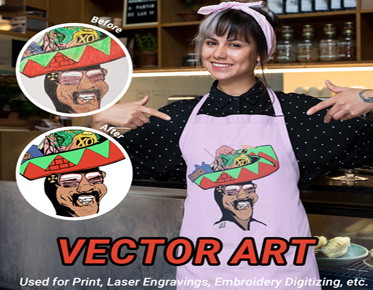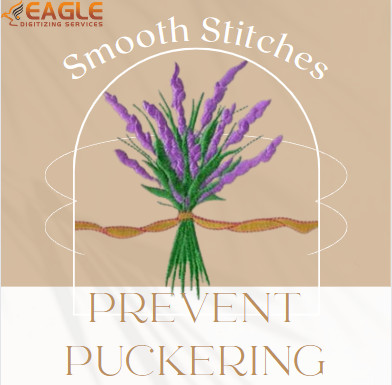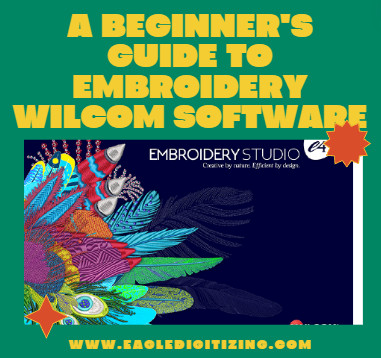The Art of Vector: How Vector Conversion Enhances Print Quality
In the realm of print design, achieving high-quality results is paramount. Vector conversion is a powerful tool that enhances print quality by transforming raster images into scalable vector graphics. In this article, we'll explore the art of vector conversion and how it elevates the quality of printed materials across various applications.
Definition
and Characteristics of Vector Graphics
Vector graphics are digital images created using mathematical formulas, defining shapes and lines rather than pixels. Unlike raster images, which consist of a fixed grid of colored pixels, vector graphics are infinitely scalable without loss of quality. They are defined by their smooth lines, sharp edges, and ability to maintain clarity at any size.
Advantages
of Vector Graphics over Raster Images
The superiority of vector graphics lies in their scalability and resolution independence. Unlike raster images, which become pixelated when enlarged, vector graphics maintain their crispness and clarity, making them ideal for print applications. Additionally, vector graphics offer versatility in design manipulation and editing, allowing for greater creative freedom.
Explanation
of Vector Conversion Process
Vector conversion involves converting raster images, such as JPEGs or PNGs, into vector format. This process is achieved using specialized software that traces the outlines and shapes of the raster image, creating a vector representation. The resulting vector graphic retains the original image's characteristics while offering the benefits of scalability and resolution independence.
Tools
and Software for Vector Conversion
There are various tools and software available for vector conversion, ranging from basic online converters to advanced graphic design programs. Adobe Illustrator is widely regarded as the industry standard for vector conversion, offering powerful tools for tracing and editing raster images. Other popular options include CorelDRAW and Inkscape, each with its own set of features and capabilities.
Scalability
and Resolution Independence
One of the primary benefits of vector art conversion in print is its scalability. Vector graphics can be scaled to any size without loss of quality, making them ideal for a wide range of print applications, from business cards to billboards. This scalability ensures that prints maintain their clarity and sharpness, regardless of the size at which they are reproduced.
Smooth
Edges and Lines for Crisp Prints
Another advantage of vector conversion is the ability to achieve smooth edges and lines in printed materials. Unlike raster images, which may appear jagged or pixelated when enlarged, vector graphics maintain their smoothness and clarity, resulting in crisp, professional-looking prints. This smoothness enhances the overall quality and visual appeal of printed materials.
Importance
of Vector Logos for Branding
Logos are the cornerstone of a brand's identity, appearing on everything from business cards to signage. Vector logos are essential for branding purposes, as they offer scalability and versatility in print applications. A vector logo ensures that brand elements remain consistent and recognizable across various print materials, reinforcing brand identity and professionalism.
Enhancing
Logo Quality through Vector Conversion
Vector conversion enhances the quality of logos by ensuring crisp, clear reproduction in print. Whether it's resizing a logo for a business card or enlarging it for a billboard, vector graphics maintain their integrity and clarity, resulting in professional-looking prints. Vector conversion also allows for easy editing and manipulation of logo elements, ensuring that the logo remains relevant and impactful in various print contexts.
Preserving
Hand-drawn Details in Vector Format
Hand-drawn artwork adds a unique and personal touch to print designs. Vector conversion preserves the details and intricacies of hand-drawn artwork while offering the benefits of scalability and resolution independence. This allows for the seamless integration of hand-drawn elements into print materials, adding depth and character to the overall design.
Applications
of Vectorized Hand-drawn Artwork in Print
Vectorized hand-drawn artwork finds applications across various print materials, from illustrations and graphics to decorative elements and patterns. Whether it's a hand-drawn illustration for a book cover or a custom-designed logo, vector conversion ensures that hand-drawn artwork maintains its quality and clarity in print. This versatility allows designers to incorporate hand-drawn elements into print designs with ease and precision.
Achieving
Clean and Legible Text with Vector Conversion
Typography plays a crucial role in print design, conveying information and setting the tone for a piece. Vector conversion ensures that typography remains crisp and legible, even at small sizes. Whether it's a headline, body text, or decorative typeface, vector graphics ensure that every letter is rendered with precision and clarity, enhancing the readability and impact of printed materials.
Enhancing
Typography for Print Materials
Vector conversion enhances typography for print materials by ensuring smooth edges and consistent line weights. Unlike raster text, which may appear pixelated or jagged when enlarged, vectorized typography maintains its clarity and sharpness, resulting in professional-looking prints. Vector graphics also offer flexibility in typography design, allowing for customizations and adjustments to suit specific print contexts.
Maintaining
Color Integrity through Vector Conversion
Color consistency is essential in print design, where accurate reproduction of colors is paramount. Vector conversion helps maintain color integrity by preserving the original color values of the artwork. This ensures that prints accurately reflect the designer's intentions, whether they're vibrant and bold or subtle and muted. Vector graphics offer precise control over color reproduction, resulting in prints that are true to the original design.
Avoiding
Pixelation and Color Distortion in Print
Raster images are susceptible to pixelation and color distortion when enlarged, resulting in prints that may not accurately reflect the intended colors and details. Vector conversion eliminates these issues by creating smooth, scalable graphics that maintain their clarity and color accuracy at any size. This ensures that prints retain their quality and integrity, even when reproduced on a larger scale.
Ensuring
High-Quality Prints for Large-Scale Projects
Large format printing presents unique challenges due to the scale of the prints involved. Vector conversion is particularly well-suited for large format printing, as it allows designs to be scaled up to any size without loss of quality. Whether it's a banner, billboard, or signage, vector graphics ensure that prints are sharp, clear, and visually impactful, making them ideal for high-visibility applications.
Optimizing
Vector Graphics for Large Format Printing
To ensure optimal results in large format printing, vector graphics must be optimized for the specific requirements of the printing process. This may involve adjusting line weights, simplifying complex shapes, or optimizing color palettes to enhance print clarity and readability. By optimizing vector graphics for large format printing, designers can achieve stunning results that command attention and make a lasting impression.
Vector
Graphics for Garment Design and Printing
Apparel printing requires designs that can withstand the rigors of garment production while maintaining their visual appeal. Vector conversion is essential for apparel printing, as it produces clean, crisp designs that can be easily transferred onto garments. Whether it's a T-shirt, hoodie, or tote bag, vector graphics ensure that prints are durable, vibrant, and long-lasting, even after repeated washings.
Improving
Print Quality and Durability with Vector Conversion
Vector conversion enhances the print quality and durability of apparel designs by ensuring smooth lines, crisp details, and vibrant colors. Unlike raster images, which may fade or distort over time, vector graphics maintain their integrity and clarity, even after multiple washings. This ensures that apparel prints remain vibrant and eye-catching, maintaining their visual appeal for years to come.
Vector
Graphics for Promotional Items such as Banners and Posters
Promotional materials such as banners, posters, and flyers are designed to grab attention and make an impression. Vector graphics are ideal for promotional materials, as they offer crisp, clear reproduction and vibrant colors that command attention. Whether it's a bold graphic or an intricate illustration, vector conversion online ensures that promotional materials stand out from the crowd and make a lasting impression on viewers.
Maximizing
Visual Impact through Vector Conversion
Vector conversion maximizes the visual impact of promotional materials by ensuring that designs are sharp, clear, and visually striking. Whether it's a large-scale banner or a small flyer, vector graphics ensure that prints are of the highest quality, capturing the attention of viewers and conveying the intended message effectively. By harnessing the power of vector conversion, designers can create promotional materials that leave a lasting impression on their audience.
In conclusion, vector artwork conversion is a powerful
tool that enhances print quality and elevates the visual impact of printed
materials across various applications. Whether it's creating scalable logos,
preserving hand-drawn artwork, or optimizing typography for print, vector
conversion ensures that designs are crisp, clear, and visually striking. By
harnessing the power of vector graphics, designers can create
professional-grade prints that make a lasting impression on their audience.



